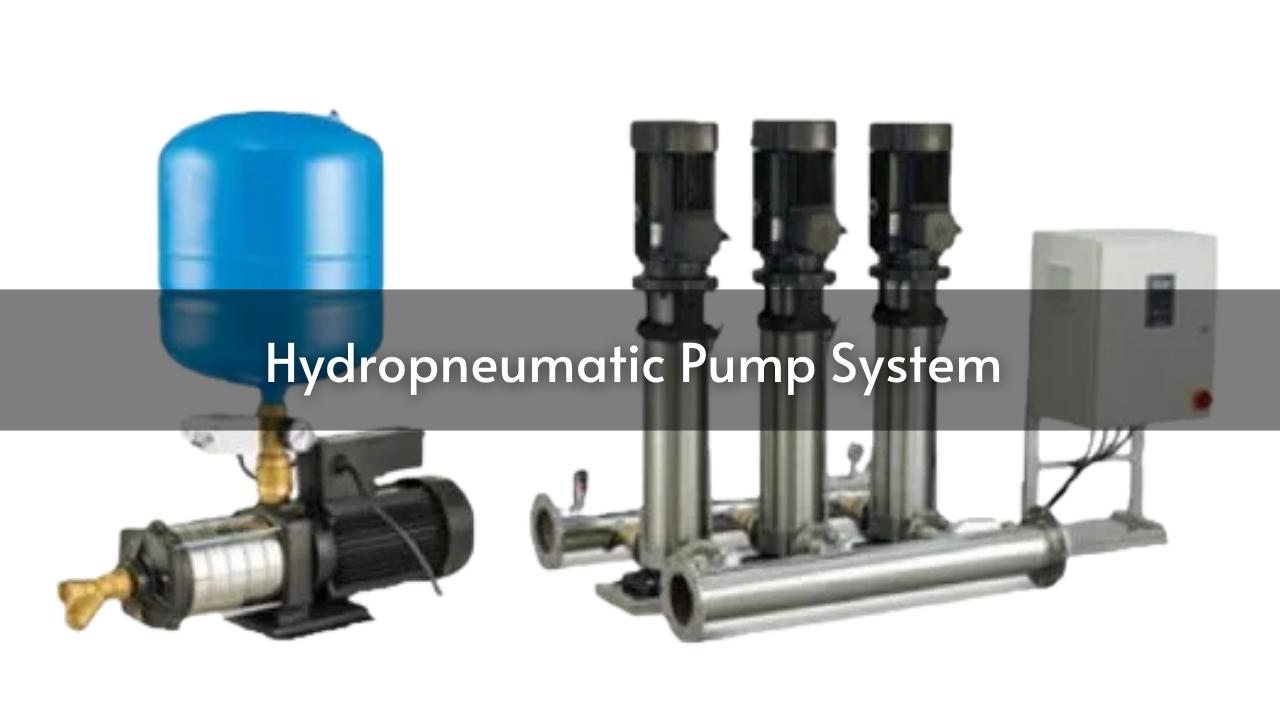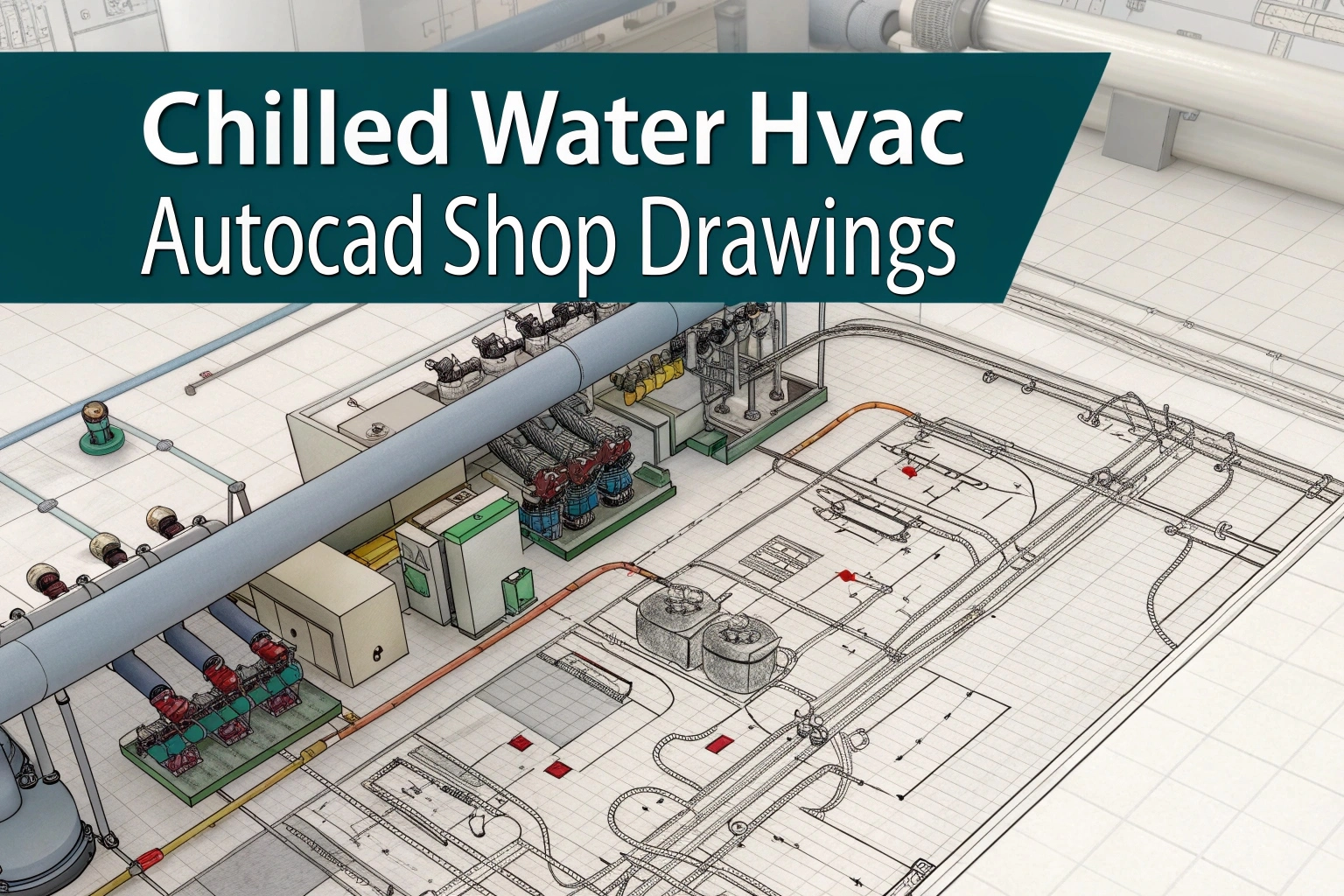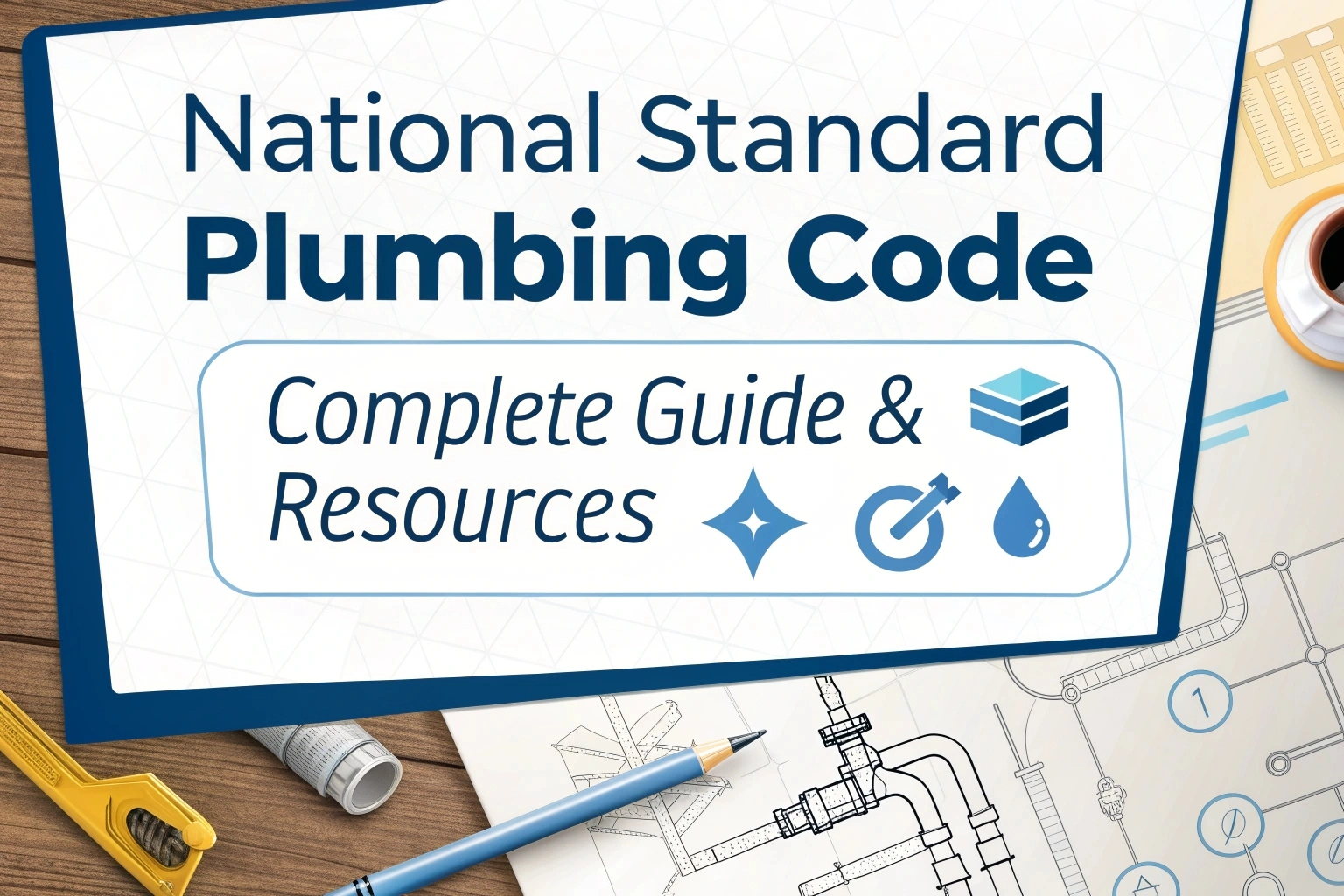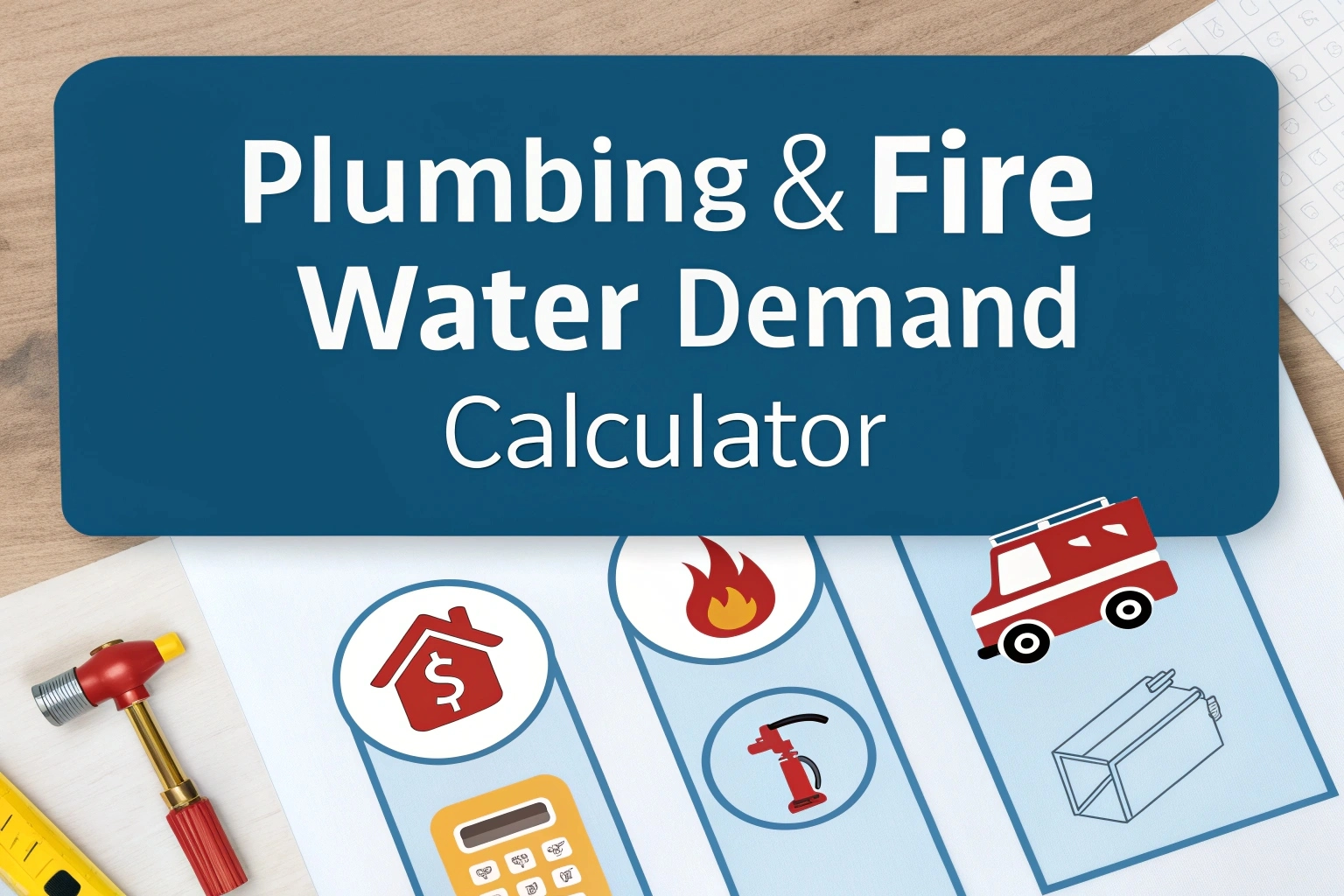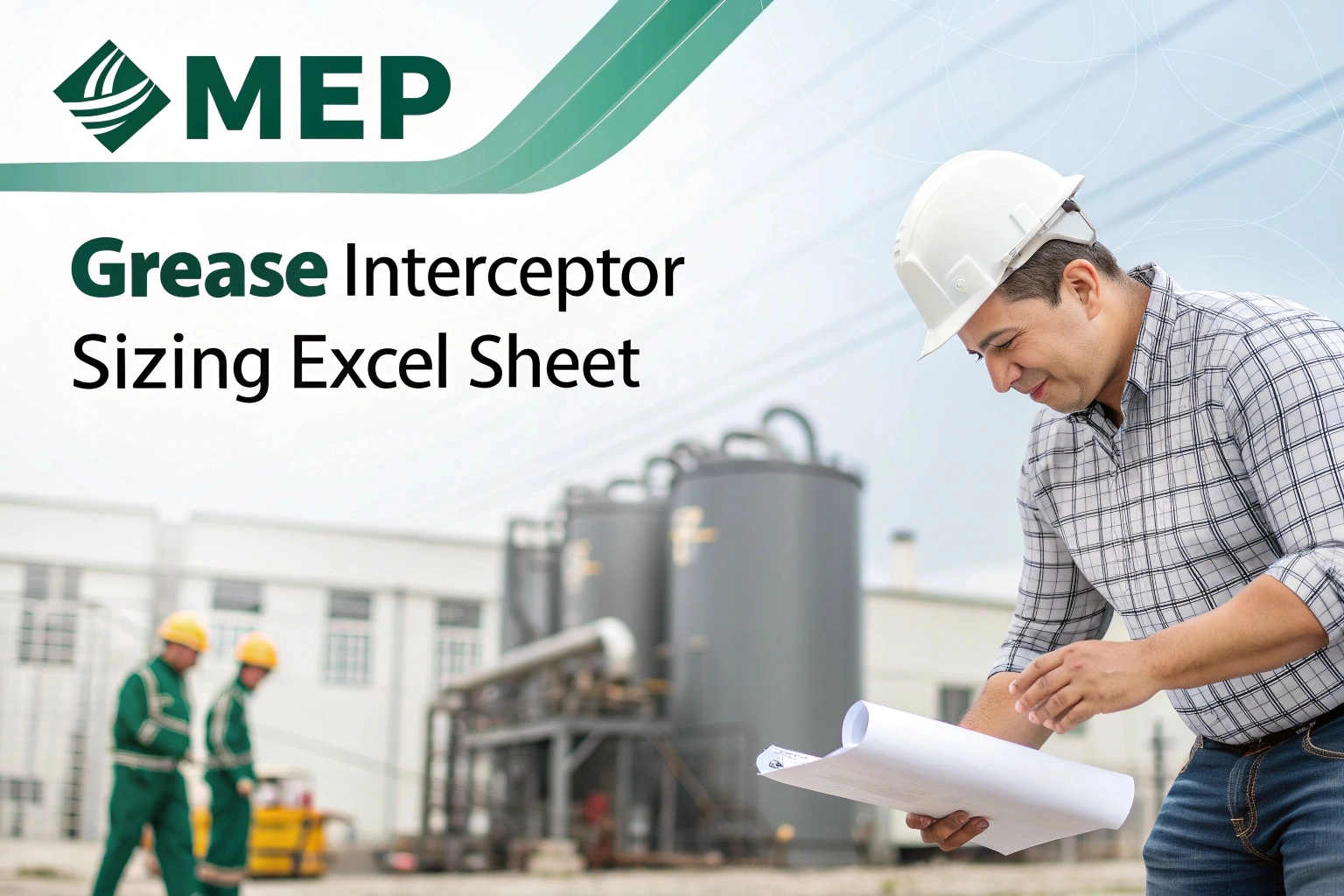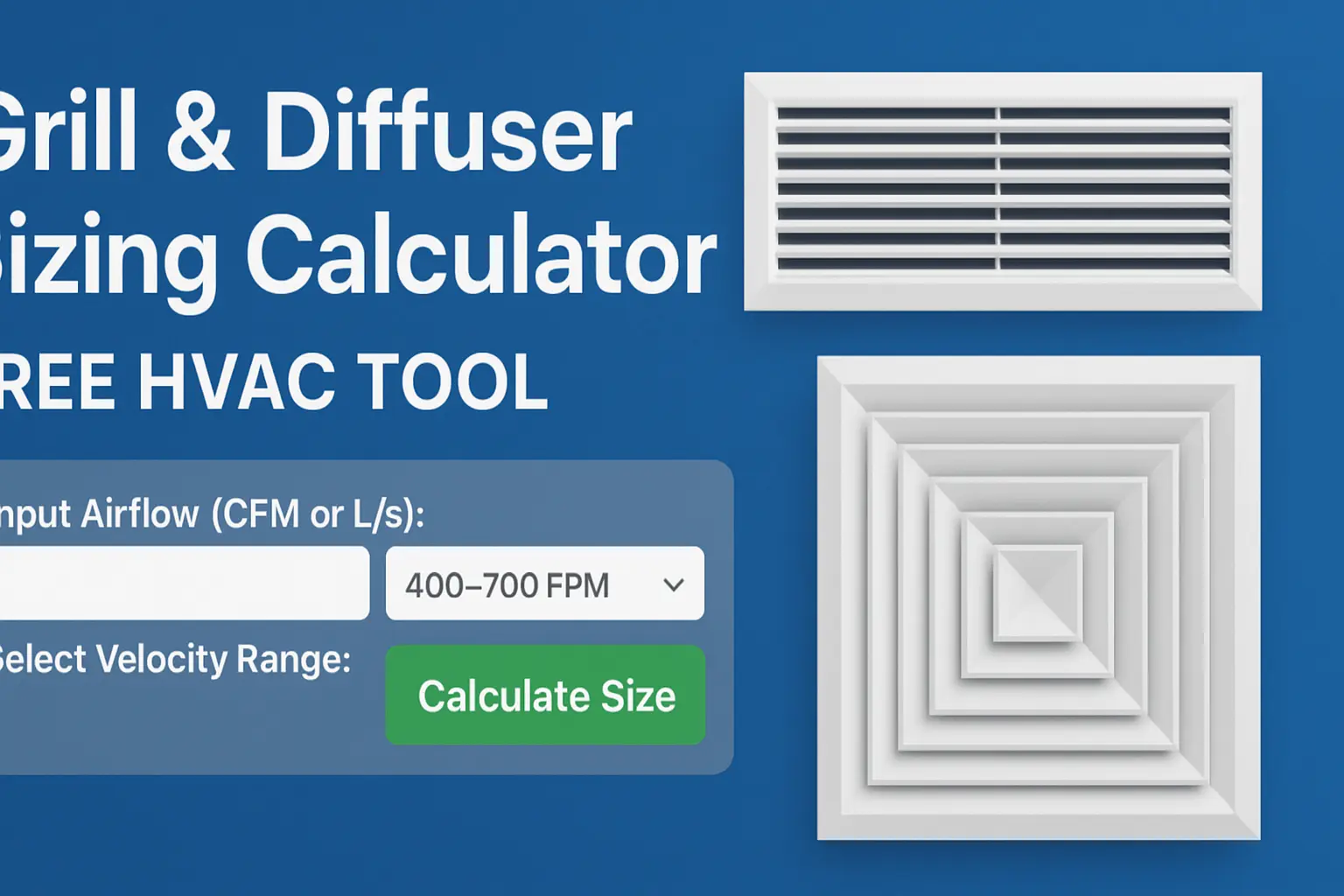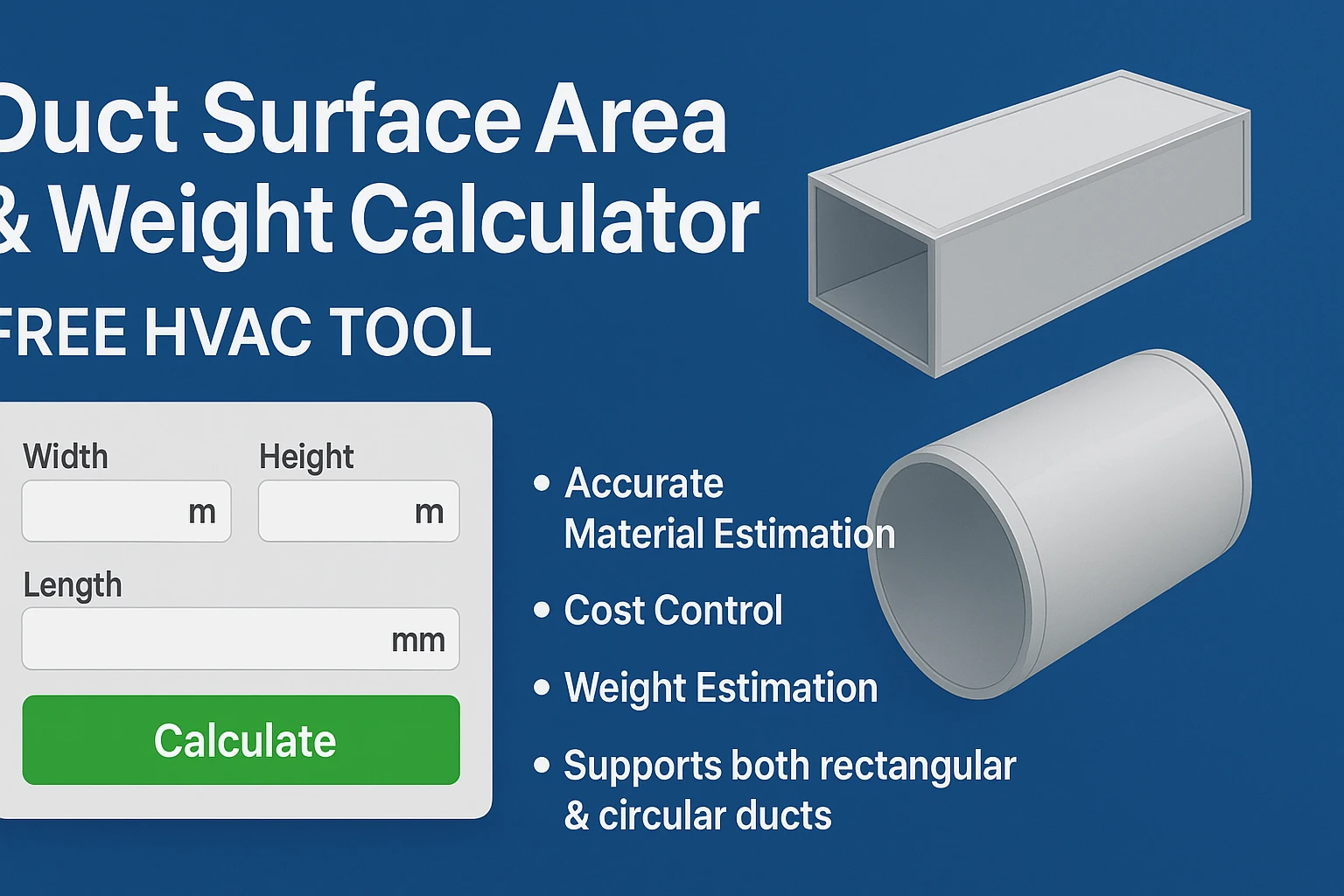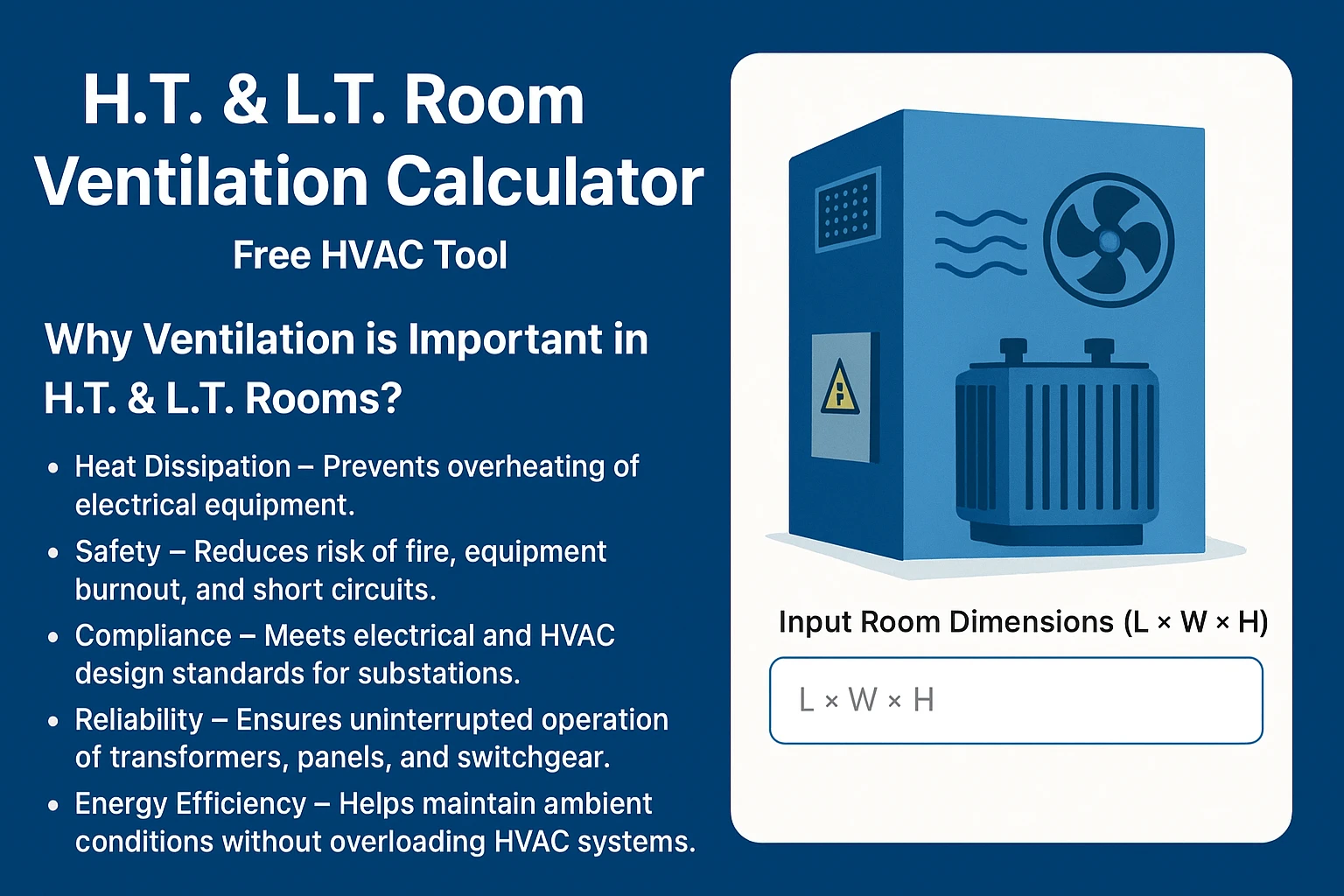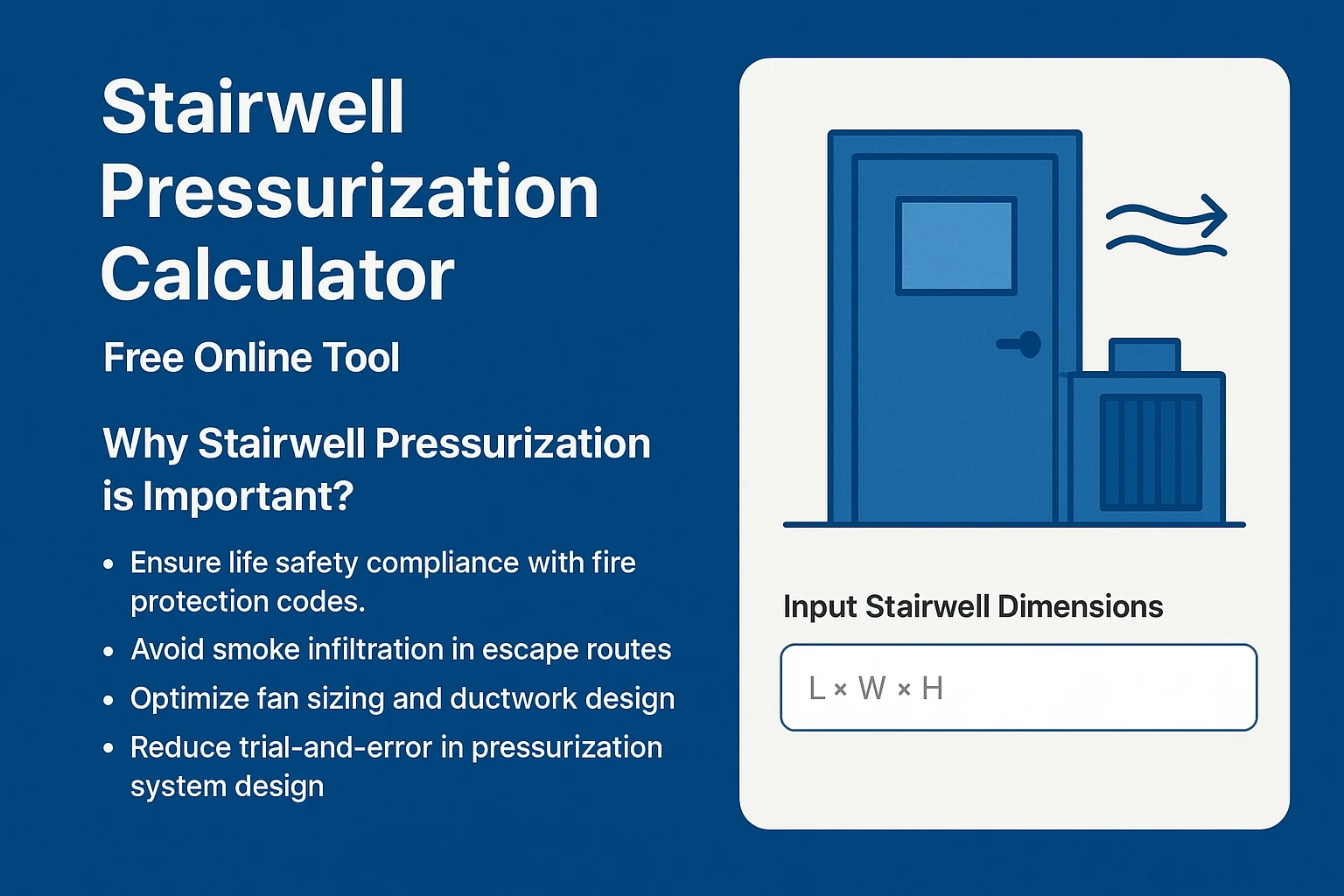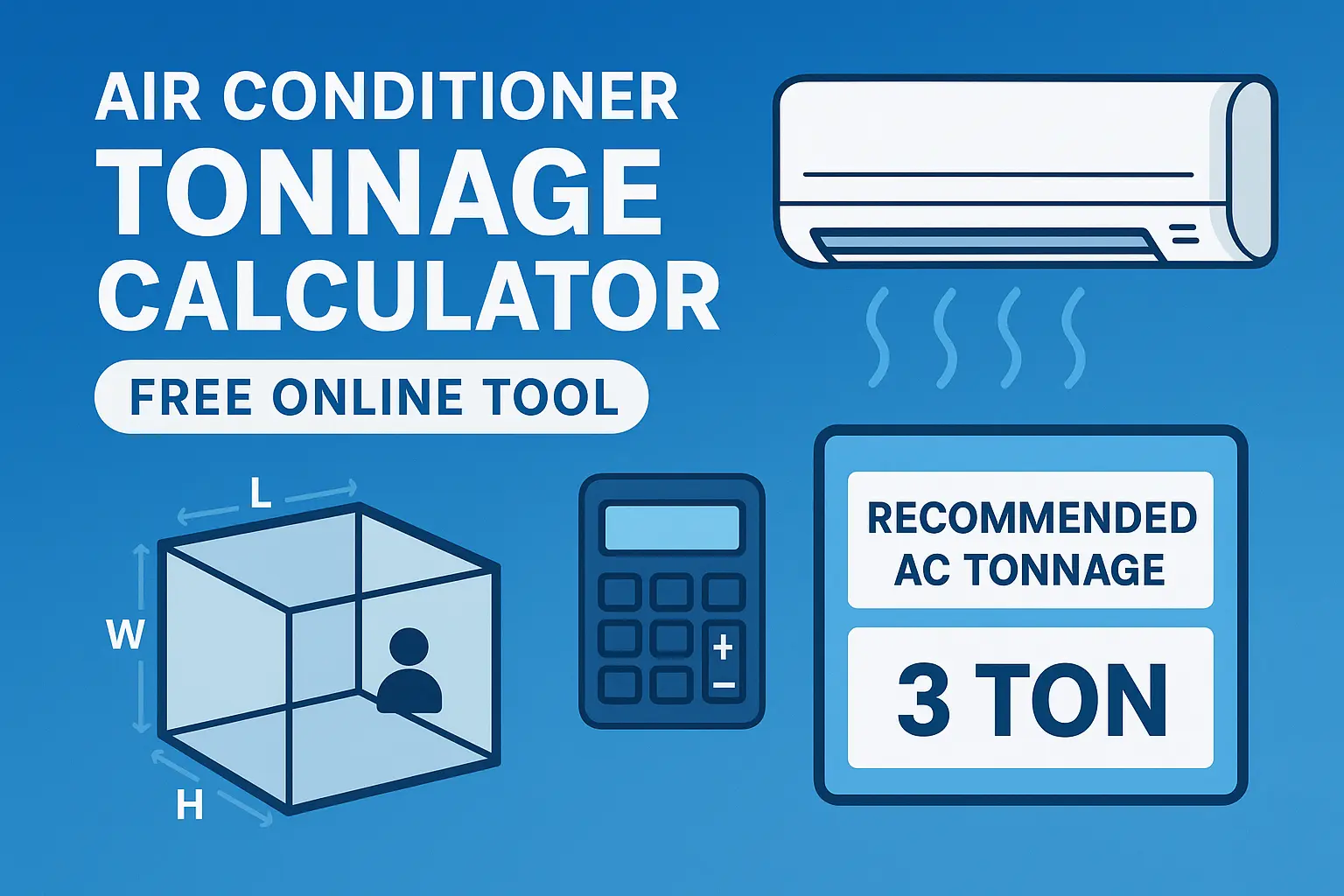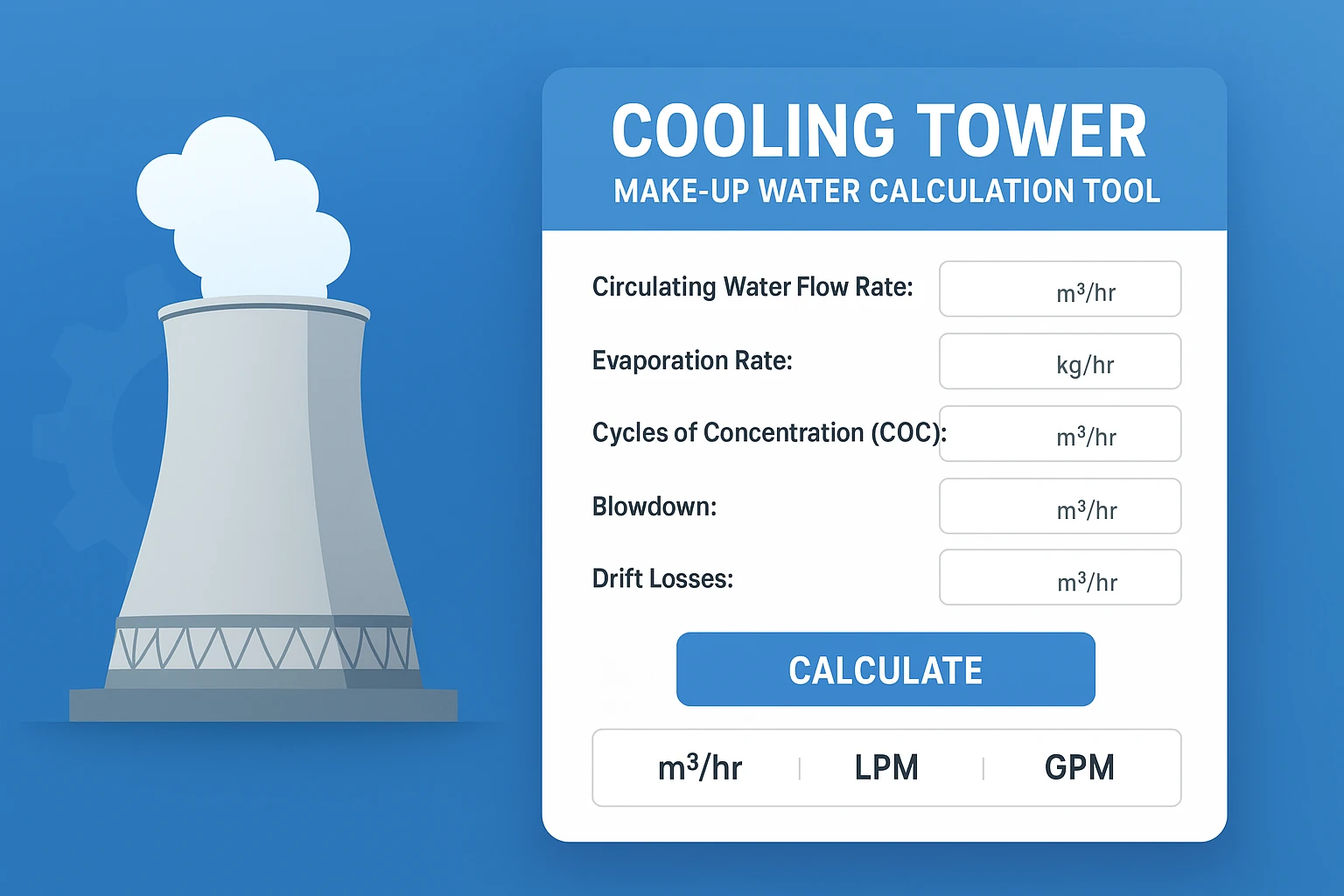A pneumatic system uses compressed air to transfer power. It typically connects a central compressor to cylinders, rotary actuators, and other pneumatic devices through tanks, pipelines, and valves. In this article, we will explain what a hydropneumatic Pump is, how the hydropneumatic pump system works, and discuss its functionality, types, and specific uses.
What is a Hydropneumatic Pump System?
A hydropneumatic pump system combines pressurized air and water in a tank. The air directly touches the water because the system does not use a bladder. This system has three main functions:
- It delivers water within a set pressure range, reducing the need for the well pump to run constantly.
- It stops the pump from starting every time there is a small request for water.
- It helps prevent pressure surges, also known as water hammer.
Water pressure is important in residential, agricultural, and industrial sectors. Hydropneumatic pumps improve pressure in homes, high-rise buildings, and other applications. These pumps are very energy efficient because they keep a steady pressure level. The main goal of a hydropneumatic pump is to increase low water pressure to a higher, more consistent level, ensuring a continuous flow of water. The pumps consist of a pressure vessel built with advanced technology and one or more pumps that maintain steady water pressure.
The hydropneumatic system is designed to deliver water at a consistent pressure to all outlets on every floor of high-rise homes and commercial buildings. It works well in places where water demand varies, and fittings need pressurized water to function properly.
How Does the Hydropneumatic Pump System Work?
The hydropneumatic system combines a pressure pump and a pressure tank. The pressure tank has a rubber bladder filled with compressed air. Most pneumatic systems need a constant supply of compressed air, which air compressors provide. The compressor pulls air from the atmosphere and stores it in a receiver, which is a high-pressure tank. Once the air is compressed, pipes and valves controlled by a piston send the air to the system.
Since water is non-compressible, the system uses pressurized air. When you open a tap or shower, water from the pressure tank is released. As water is used, the pressure in the tank drops. When the pressure switch detects this drop, the pump turns on. The pump shuts off once it reaches the preset pressure. This helps reduce the number of times the pump starts and stops, which extends the pump’s lifespan.
This system operates on its own without needing manual intervention.
Pros and Cons of Hydropneumatic Pump System
Pros
- Very effective
- Highly reliable and durable
- Works well in tough environments
- Easy to adjust pressure and speed
- Good for the environment
Cons
- Less precise
- Can handle only small loads
- Makes a lot of noise
- Needs preparation before use
Application of Hydropneumatic Pump System in Industries
Pneumatic systems mainly use pneumatic actuators that respond to changes in air pressure. Pneumatic cylinders and valves control and manage the air, which acts as the driving force. These systems use air pressure to perform various mechanical tasks.
Manufacturing facilities often prefer compressed air over electricity because it is cheaper to buy and maintain. This makes pneumatic systems more cost-effective for automating factory operations. As a result, industries are increasingly adopting pneumatic systems, as they are simpler and more reliable than electric actuators.
Pneumatic systems are often the most efficient way to move parts and tools in industrial machines. They can handle many tasks in automated equipment, such as clamping, grasping, positioning, and stacking. Pneumatic systems can also adapt to tasks like pushing or tensioning and can include closed-loop control for better precision.
Pneumatic systems are used in many fabrication and assembly processes. They can move products on production lines and in maintenance areas. Their repetitive motion makes them useful for heavy machinery like drills as well.
Types of Hydropneumatic Pump System
Hydropneumatic systems come in three main types:
- Tank Feeding System: This system feeds water to multiple overhead tanks from one central tank.
- Tap Feeding System: This system provides pressurized water to all taps from a central tank.
- Curing System: This system helps cure materials during construction, saving a significant amount of water.
Conclusion
The hydropneumatic pump system provides reliable and efficient water pressure control in various industrial, residential, and agricultural applications. Composing air and water pressure, the hydropneumatic pump system ensures a constant supply of water, avoids the frequent pumping through the system, minimizes the occurrence of pressure surges, and makes it work efficiently. It also saves energy, is simple to operate, and has a long lifespan. This is how this system has become popular among high-demanding groups. Nevertheless, the hydropneumatic pump system remains a core part of optimizing water distribution systems.
FAQs
What is the principle of a hydro pneumatic system?
A hydro pneumatic system uses specially designed pumps to handle the required tasks. The system operates automatically through a control panel. The pumps start when the pressure is low and stop when the pressure is high, running day and night based on water demand.
How are hydropneumatic pressure tank systems used in well pump operations?
The system delivers water within a set pressure range, so the well pump doesn’t run constantly. It also prevents the pump from starting every time there’s a small demand for water.
What is a hydro pneumatic system for high-rise buildings?
This system uses storage at ground level and pressure sensors to keep water pressure steady throughout the building. Pumps are activated as needed. The system includes pumps, a pressurized vessel, manifolds, and a control panel.
What is the use of a hydropneumatic pump?
A hydropneumatic system controls water pressure and supply in buildings and industries. In older plumbing systems, water distribution relied on gravity from an overhead tank to supply taps and outlets.
Read More – Sewer Lines: Their Importance, Functions, and Maintenance

